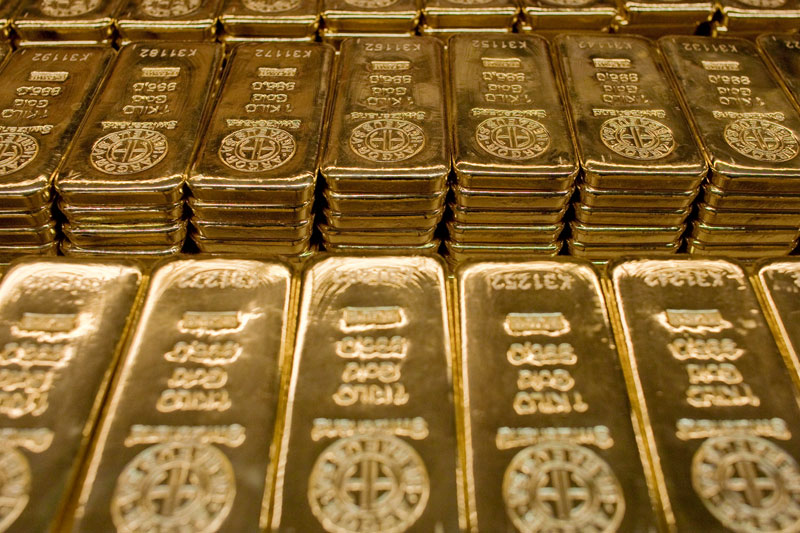By Ambar Warrick
Investing.com-- Gold prices stayed below key levels on Monday after a strong U.S. jobs report gave the Federal Reserve few reasons to soften its hawkish rhetoric, while concerns over geopolitical instability in Europe and Asia fed safe haven trades into the dollar.
Spot gold rose 0.2% to $1,698.07 an ounce after slipping below the key $1,700 level on Friday. Gold futures fell 0.2% to $1,705.40 an ounce by 19:06 ET (23:06 GMT).
Metal markets slid on Friday after U.S. labor department data showed nonfarm payrolls rose more than expected in September, while unemployment also fell from August.
The report showed that the U.S. labor market remained resilient, giving the Fed enough space to keep tightening policy sharply as it struggles to combat inflation. Markets are pricing in an 81% possibility that the central bank will raise rates by 75 basis points next month.
Gold also saw little safe haven demand amid worsening geopolitical conditions in Europe and Asia. The dollar, on the other hand, rose sharply after Friday’s jobs report, and remained pinned near a 20-year high.
Fears of an escalation in the Russia-Ukraine war grew after the explosion of a key bridge between Russia and Crimea, which President Vladimir Putin blamed on Ukraine.
Tensions in the Korean peninsula were also elevated after North Korea fired two ballistic missiles on Sunday, following U.S. military drills in the region. The news did little to boost gold, given that the dollar has largely overtaken the yellow metal as a preferred safe haven trade this year. Rising U.S. interest rates increased the opportunity cost of holding gold.
On that front, markets are now awaiting U.S. CPI inflation data for September this week, which is expected to factor into the Fed’s plans for tightening policy. A stronger-than-expected inflation reading in August had rattled markets and boosted the dollar.
Among industrial metals, copper futures fell 0.1% to $3.3815 a pound, reversing most of their gains over the past two weeks.
Copper markets are awaiting key Chinese inflation and trade data this week, which is expected to provide more cues on demand in the world’s largest copper importer.
Data over the weekend showed China’s service sector unexpectedly shrank in September, boding poorly for the world’s second-largest economy, as it struggles with the aftermath of crippling COVID-related disruptions.
